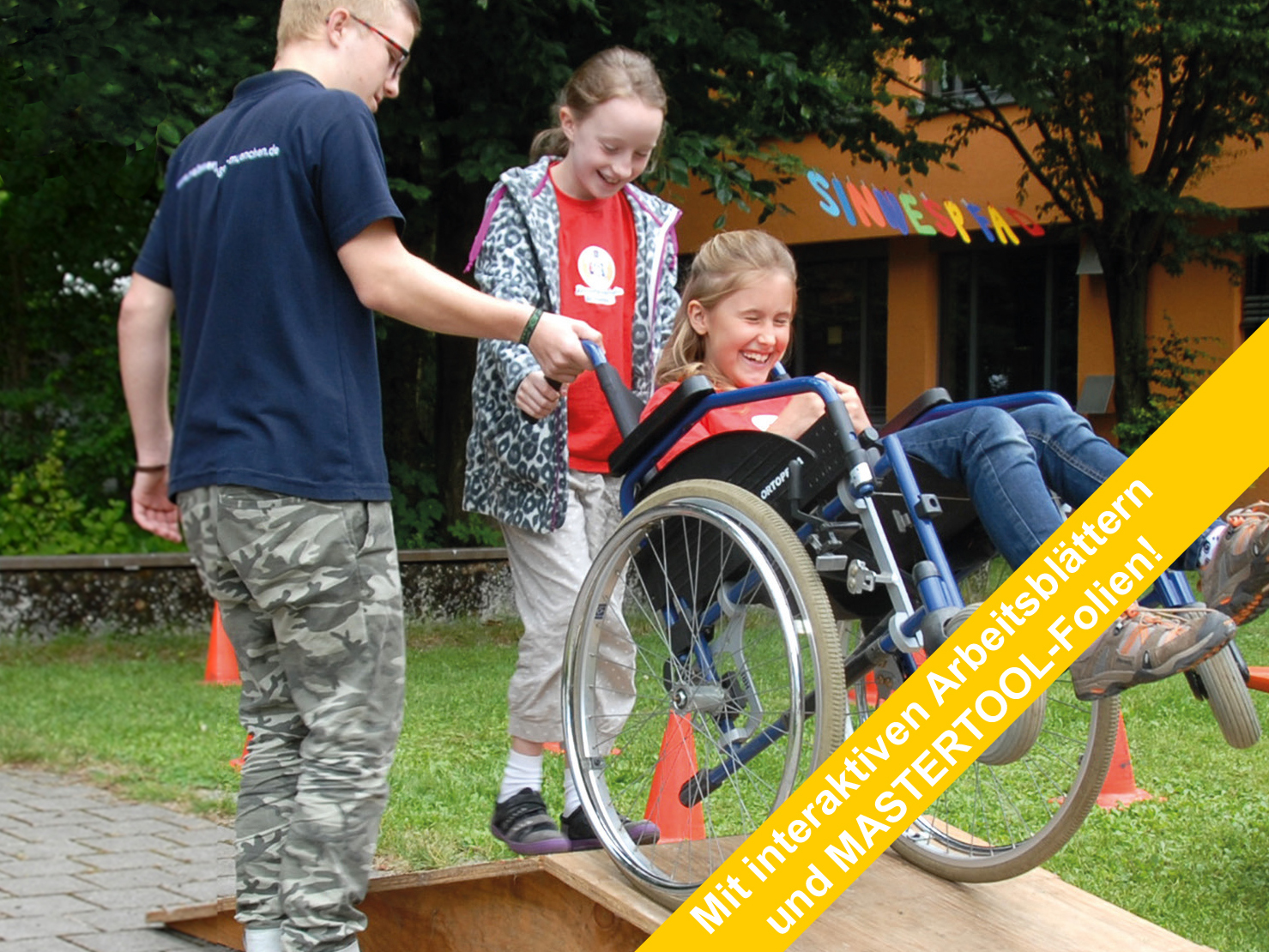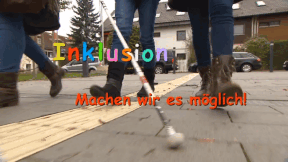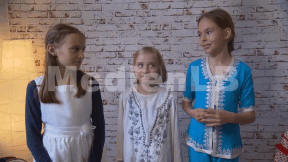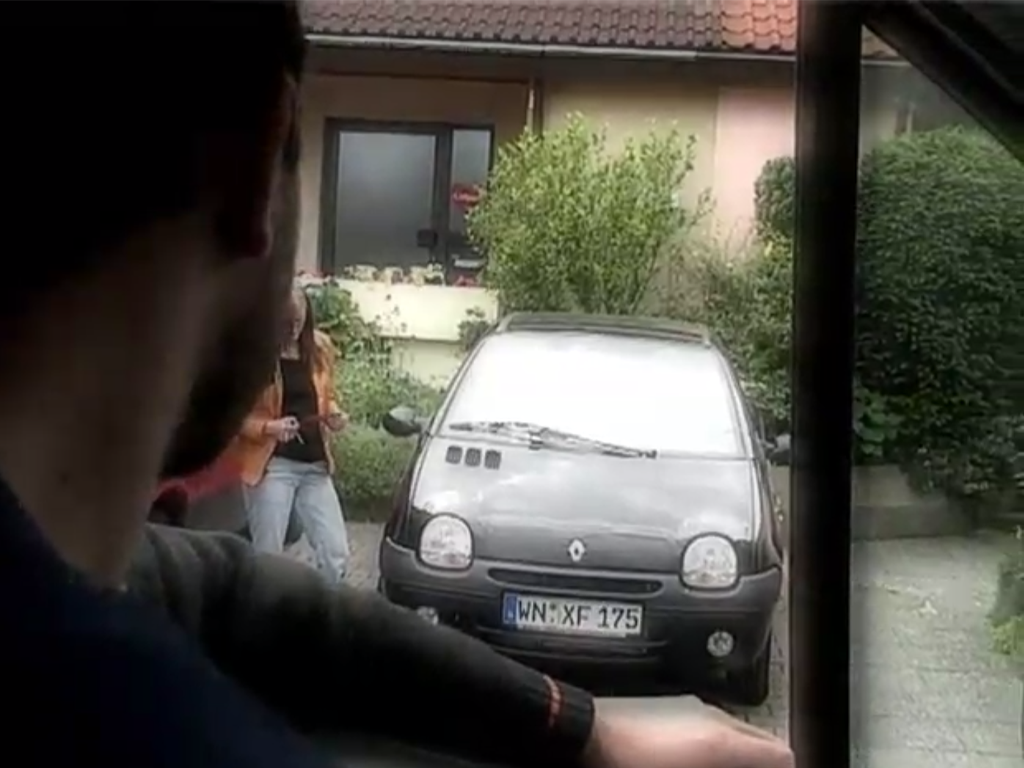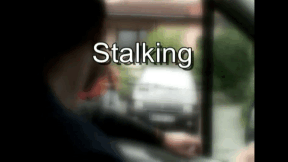 Primary School
Primary School
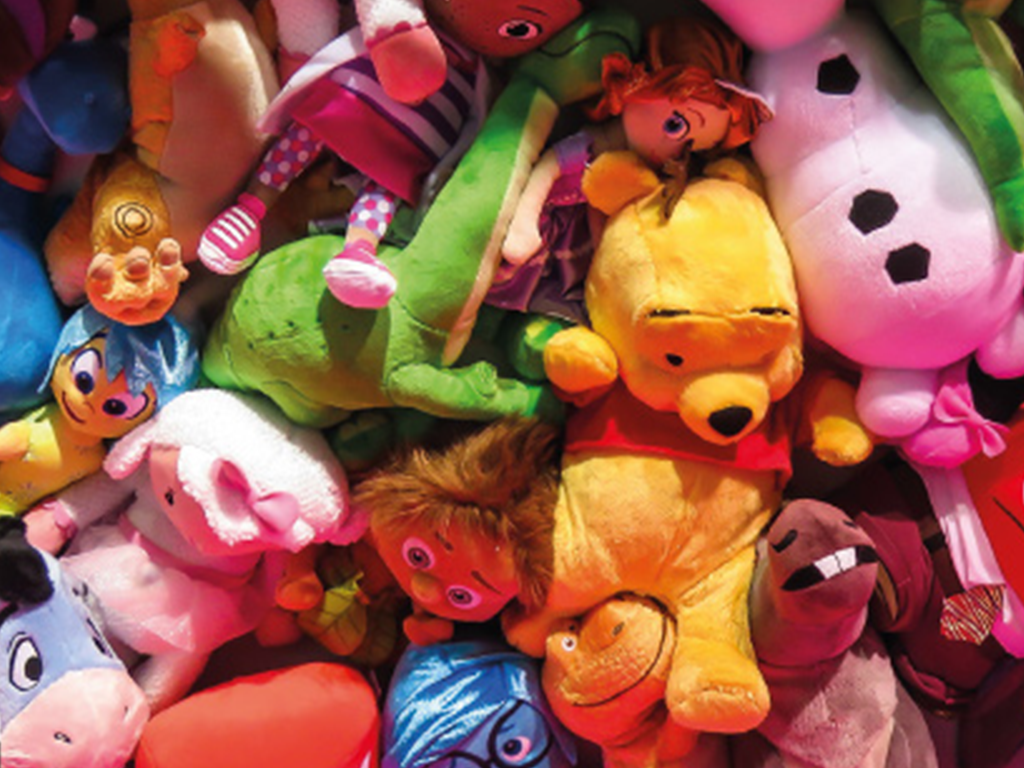

46500931 / 55500687
Responsible Consumption
Effect of Packaging and Advertising
What do “consumption“ and “consume“ actually mean? This is what the child reporter Ferdinand wants to find out today. That much is for sure: often it has something to do with money.
Quote Ferdinand, pupil:
Hi, I‘m Ferdi. I’ve just got my pocket money for this month. And, well, I’m just fancying biscuits at the moment. Let’s see if I can find something here.
Ferdi wants to eat biscuits, sure. But as he cannot bake, he must buy them. On his way to the supermarket he comes across fantastic offers also in other shops. But hadn’t he better save up for some cool glasses?
Here comes Axel Dammler. He is a child and youth researcher and knows a thing or two about shopping. He wants to show Ferdi how to behave as a consumer.
Axel: Hello, you‘re Ferdi, aren’t you?
Ferdi: Yes, I am.
Axel: Hi. I‘m Axel. And you want to go shopping now, I’ve heard?
Ferdi: Yes, exactly.
Axel: Shopping can also be called consuming because … Let’s have a look at what it actually is and how it works.
Ferdi: Okay.
Axel: Can we go?
Ferdi: Yeah.
Axel: Well, come along.
Responsible consumption – The effect of packaging and advertising
Today you are going to learn what that is. How that is possible. And what you should keep in mind about it.
Everywhere shops are full of goods and great offers. And we – the customers, are meant to buy or “consume“ as much as possible. The word comes from Latin and means “to use up”. So one who uses up things that he has bought is a consumer. Mostly money is needed for it.
Axel Dammler:
If we want to learn about consumption we have to try it out for ourselves and, possibly, make mistakes in doing so. That’s why pocket money is so important for children because with their own money children can make their own experiences …
According to law, children are even allowed to decide entirely for themselves over their pocket money. That is how it is regulated by paragraph 110 of the Civil Code.


Curriculum-centred and oriented towards educational standards
Matching
Inclusion
Madita is eleven and blind. She does not want to go to a special school but to a regular grammar school. She says she feels "normal" there. Jonathan is eight and has a walking disability. He likes going to the school where he lives. Here, his best friend sits next to him. Max Dimpflmeier, a teacher who is severely deaf, explains that school life is not easy. Quote Max Dimpflmeier: "You don't want to attract attention, you want to avoid saying that it is necessary for you that 70 people adjust to your situation." People on their way to inclusion.




